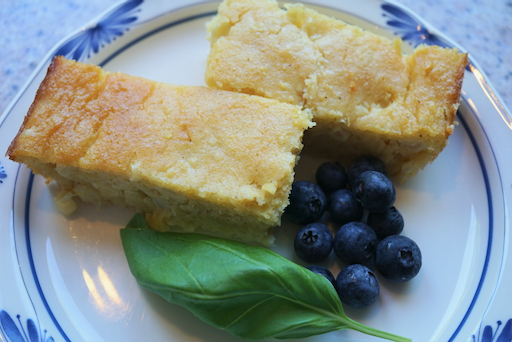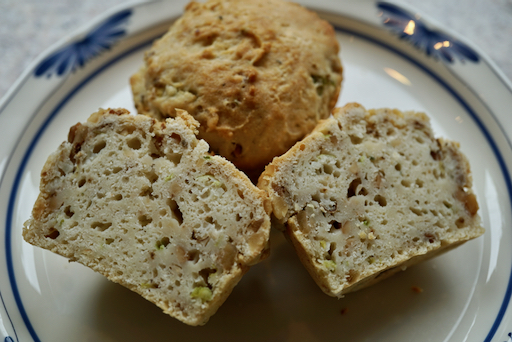This year, instead of celebrating the 4th of July (Independence day) by firing up the Weber grill, we decided to fire up our ”Hibachi*" or "charcoal konro" 炭火コンロ. And, instead of grilling chicken, we decided to grill some pacific sauries or "sanma" さんま which had been hanging out in the freezer for some time. (My wife refers to these as "torpedo fish"). In the past, “sanma” which is a very bony fish was not considered “prime” eating and was very cheap. But in recent years, they are getting scarce and much more expensive. According to the label on the package this group of three came from "Taiwan". Traditionally, fresh sanma is cooked with the innards intact but I cleaned these fish after thawing. I had posted and pontificated about sanma previously. I salted them before grilling and served them with grated Daikon 大根おろし. We even found an appropriate long oval dish serving dish which appropriately accommodated this long heads-on fish as shown in the next picture.
*Digression alert: A Japanese style small charcoal-fired grill is called "hibachi" in the U.S. (or may be elsewhere also). But in Japan "hibachi" 火鉢 is not used for cooking but as a source of heat used in winter for warmth in traditional Japanese rooms. (Not in Hokkaido because it is too cold and an hibachi is not an adequate source of heat). The grills used for cooking are traditionally called "shichirin" 七輪. The modern name would be "charcoal or sumibi-konro". In the old days, if grilling fish at home, you would do this outside using a "shichirin" and charcoal fire. More recently, however, most of Japanese cook tops have a built-in fish grill which prevents smoking while grilling fish making "shichirin" obsolete. But, in my opinion, charcoal grilled fish is still the best!
Since the fish is oily, it makes a quite a good amount of smoke but cooks rather quickly.
Whenever we fire up the Japanese charcoal grill, my wife asks me to make grilled rice balls. I usually make a simple rice ball without any filling but this time she specifically asked for stuffing- mayo and mustard dressed salmon. So, I obliged. Since grilled rice ball takes much longer to cook than the fish, I started grilling the rice balls first while we enjoyed several small appetizers and cold sake. I posted
how to make perfect grilled rice balls before. As far as we are concerned the best way to cook a rice ball is over a charcoal fire. Such perfection is displayed in the next picture. The high heat sears the outer layer into a toasty brown crust enhanced by the taste of the soy sauce mixture brushed on while it is cooking. The inside is soft and moist. The addition of the salmon stuffing further infuses a mayo/mustard/salmon/salty flavor.
Once the rice balls were finished, I set them on edge over a cooler part of the grill to keep them warm while I grilled the fish. Our holiday meal is shown in all its splendor in the next picture.
Sanma are extremely boney fish and my wife is not as good at spitting out fish bones as I am. (This was demonstrated early in our marriage when I had to remove a fish bone from the back of my wife’s throat using a long nose plier.) But she is much better at deboning a fish with a knife than I am. So although “bone-out” is not quite the traditional way of serving "sanma", in the interest of safety, that is how we served it. Seeing the pile of lovely fish meat next to the pile of recently removed bones somehow reminded me of the "
Meguro-no sanma" story 目黒のサンマ which, again, I pontificated on before. In any case, this was very enjoyable holiday celebration; grilled sanma with grated daikon and soy sauce followed by grilled stuffed rice balls (we each finished one. My wife thinks the remaining rice balls will nicely heat up in our toaster oven. We will see).




















